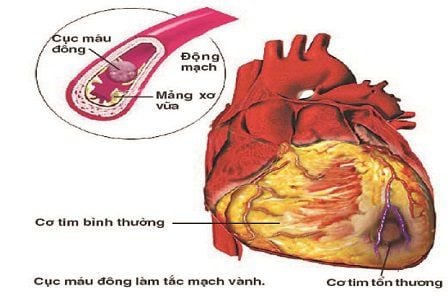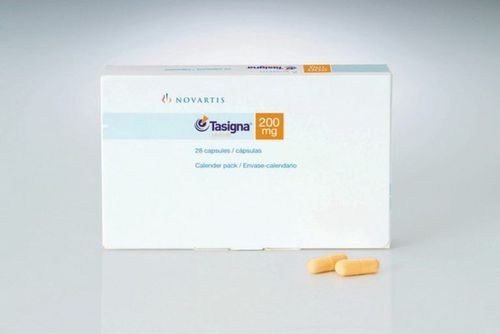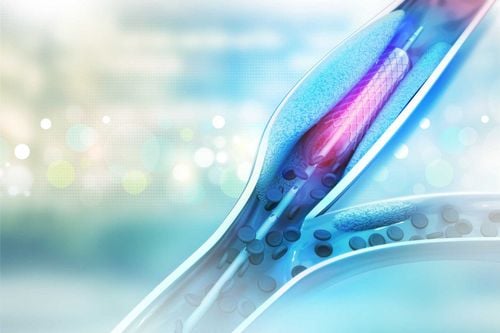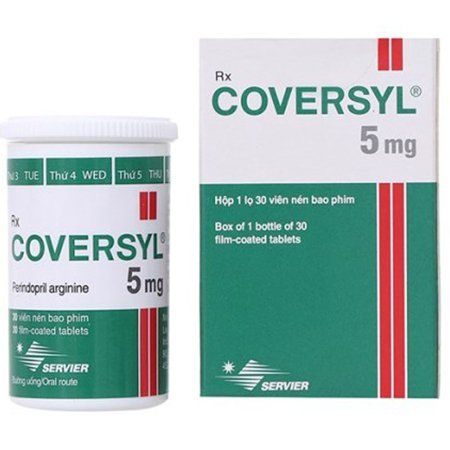This is an automatically translated article.
The article was professionally consulted by Dr. Nguyen Van Duong - Interventional Cardiologist - Cardiovascular Center - Vinmec Central Park International General Hospital.Currently, with modern technology, the risks of coronary heart disease can be completely detected. There are many methods to help doctors quickly diagnose coronary artery disease, but coronary angiography is still the gold method for the most accurate results.
1. Method of Coronary Angiography
Coronary angiography is a contrast-enhanced imaging method, which helps specialists understand the anatomy of the coronary arteries, to see if the coronary arteries are narrowed and how severe the stenosis is.This method is evaluated as the gold standard to determine coronary occlusion and gives the most accurate diagnosis. This technique has the advantage of being able to perform treatment with balloon catheterization or percutaneous coronary intervention while performing bar angiography. However, this technique also carries some risks and complications, such as dissection, so the physician must carefully insert the catheter through the femoral or radial artery into the vessel. rim. Therefore, percutaneous coronary angiography should be performed by skilled and well-trained physicians.
Trắc nghiệm: Bạn có hiểu đúng về huyết áp cao không?
Huyết áp cao còn được gọi là kẻ giết người thầm lặng vì bệnh thường không có triệu chứng. Thiếu hụt kiến thức về huyết áp cao có thể làm cho tình trạng bệnh trở nên trầm trọng hơn. Dưới đây là những câu hỏi trắc nghiệm vui giúp bạn hiểu đúng về bệnh cao huyết áp.2. When is coronary angiography needed?

Coronary artery disease: Helps determine the location and extent of damage to the coronary arteries and evaluate the narrowing or blockage in the lumen . Coronary angiography may also be used in combination with coronary artery disease treatments, such as angioplasty and stenting, or coronary artery bypass surgery. Acute Myocardial Infarction: In patients who have had an acute myocardial infarction or have stabilized after a myocardial infarction, and if chest pain reappears, coronary angiography is mandatory. Angina pectoris: In case of poor response to medical treatment, coronary angiography is also required. Some other cardiovascular diseases such as ventricular arrhythmias, left ventricular dysfunction, valvular heart disease, etc. may also be indicated for coronary angiography to help evaluate and predict the disease.
3. What to prepare before coronary angiography?
Before coronary angiography, patients need to be admitted to the hospital one day before to conduct tests such as blood tests, echocardiogram, chest X-ray,... to make sure this procedure can be performed. .In addition, to help achieve the results of percutaneous coronary angiography, the patient should fast for at least 4 hours before the scan.

4. Who should not have coronary angiography
Due to the coronary angiogram, the patient will be exposed to X-rays. Therefore, the following people should not have coronary angiography:Pregnant women. Severe kidney failure. Contrast drug allergy. The infection is progressing. There are biochemical, electrolyte disturbances, anemia,... Decompensated heart failure. Abdominal aortic aneurysm. Severe uncontrolled hypertension. Coronary angiography is the most accurate method to determine whether a patient has coronary artery disease or not. Through this article, hopefully you can know more about coronary angiography. Wish you have a good health.
Please dial HOTLINE for more information or register for an appointment HERE. Download MyVinmec app to make appointments faster and to manage your bookings easily.














